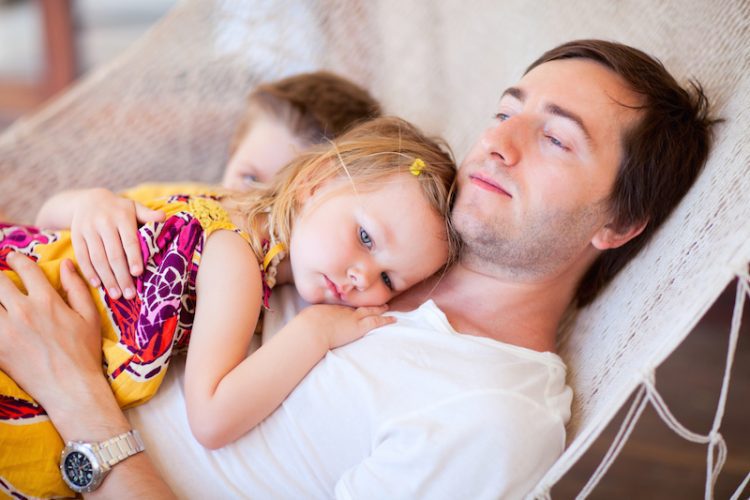Anxiety & Fear / Calming Children, Building Resilience, Parenting Ideas Magazine, Posts for Parents, Press & Online
Let’s Take it Slow: The Importance of a Go-Slow Childhood

Stress is a new challenge to children’s health and social wellbeing in our modern world. The ‘hurried child’ and the over-scheduled child are modern developments.
We have sped up the pace of life and living. We live in an instant world where we expect everything NOW. Communication, food, pain relief, results, well-behaved children — you name it, we expect things instantly.
This expectation works silently and unconsciously creates stress when things do not happen straight away.
Children take all of childhood to grow — to learn how to think, learn, process information, behave appropriately, manage their lives, dress themselves, find their way home and learn who they are! We cannot rush this vital development.
Children’s brains are immature and unable to cope with the stressors of modern adult living and they often misinterpret adult challenges as being about them or their fault.
Consistent stress becomes distress and the brain is seriously affected. Irrational behaviour, unstable emotions, sleeplessness and defiance are potential signs that a child is stressed, and struggling.
We want our children to be able to manage living in our chaotic world and avoid becoming overwhelmed by the speediness and busyness of modern life. One of the best ways to do this is by calming our children’s lives.
So perhaps now is a good time to take stock and implement some strategies in your life to slow things down a little and create a calm environment for your kids and yourself.
Top tips for go-slow living
Stop rushing
Stressed parents who rush everywhere are one of the main sources of stress and anxiety in children. Always plan to leave 20 mins before you need to so when things don’t go to plan (do they ever?) you won’t be under so much pressure. Also use visual reminders (for younger children), lists and rosters (for older children) to help prompt children with things like brushing their teeth, remembering to feed the dog or packing their school bag.
Breathe
Healthy breathing has always helped to soothe our stressed psyches. There are many breathing techniques that help restore the calmness response in our bodies. A good and simple one is taking three sighs — and pausing after the third one. Or take three deep breaths with the outward breath being longer than the inward breath, count to five and do it again. This is a simple technique that you can teach children and adolescents, and it won’t do you any harm either!
Get some sleep
Consistent boundaries around sleep are important for everyone. Sleep deprivation and inconsistent bedtimes impact on learning, mood moderation and behaviour. The brain needs deep sleep to renew cells and grow new neurons for learning. Good sleep also contributes to better emotional stability and a more agreeable demeanour. Make sure you have family rules about phones and other devices getting switched off at a reasonable hour and kept out of bedrooms, especially for teens.
Slow it down
Try walking slower, talking slower and being more mindful or present in your day-to-day life (there are millions of books and online resources to teach mindfulness). Also ask what you can take out of your life so that you can be a calmer parent, especially in the early years — avoid wearing too many hats when your children are young. Ask the same of your children’s lives if they have a lot of activities.
Enjoy the quiet
Homes that consciously create calm and quiet times are building enormous support structures that will help children feel safe, allow them to enjoy their own quiet company and lower the stress levels within their growing bodies. Have regular times in your house where everything is switched off and everyone in the family takes time out to just ‘be’ instead of doing all the time.
Soothe more
Especially when your children are little, really focus on soothing and comforting them quickly, especially through safe touch and low soothing sounds. As they get older, reassure your children they are valued, safe, and that mistakes and accidents are normal.
Go outside
Spending time in nature has enormous benefits for us all. Make sure you and your family frequently spend time outdoors, whether it’s picnicking on the back lawn, walking on the beach or visiting a park.
In the greater scheme of life, our children are only children for such a short time. Let’s not rush it.
Image credit: ©️ BlueOrange Studio /Adobe Stock – stock.adobe.com




 Manage Membership
Manage Membership